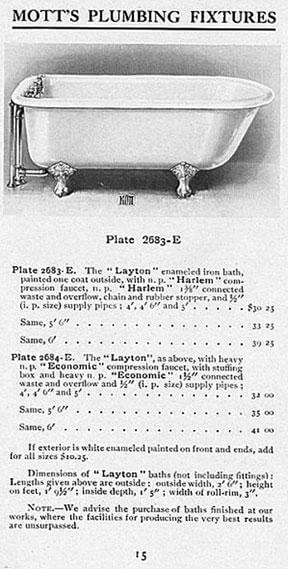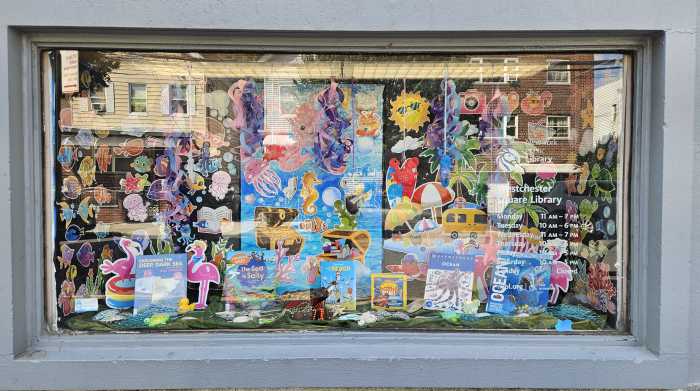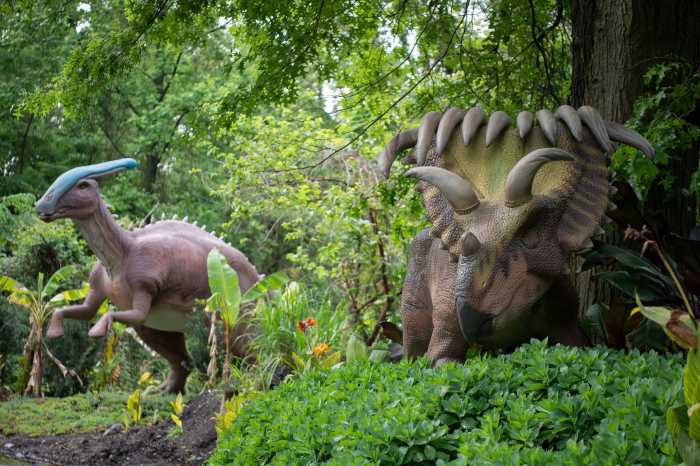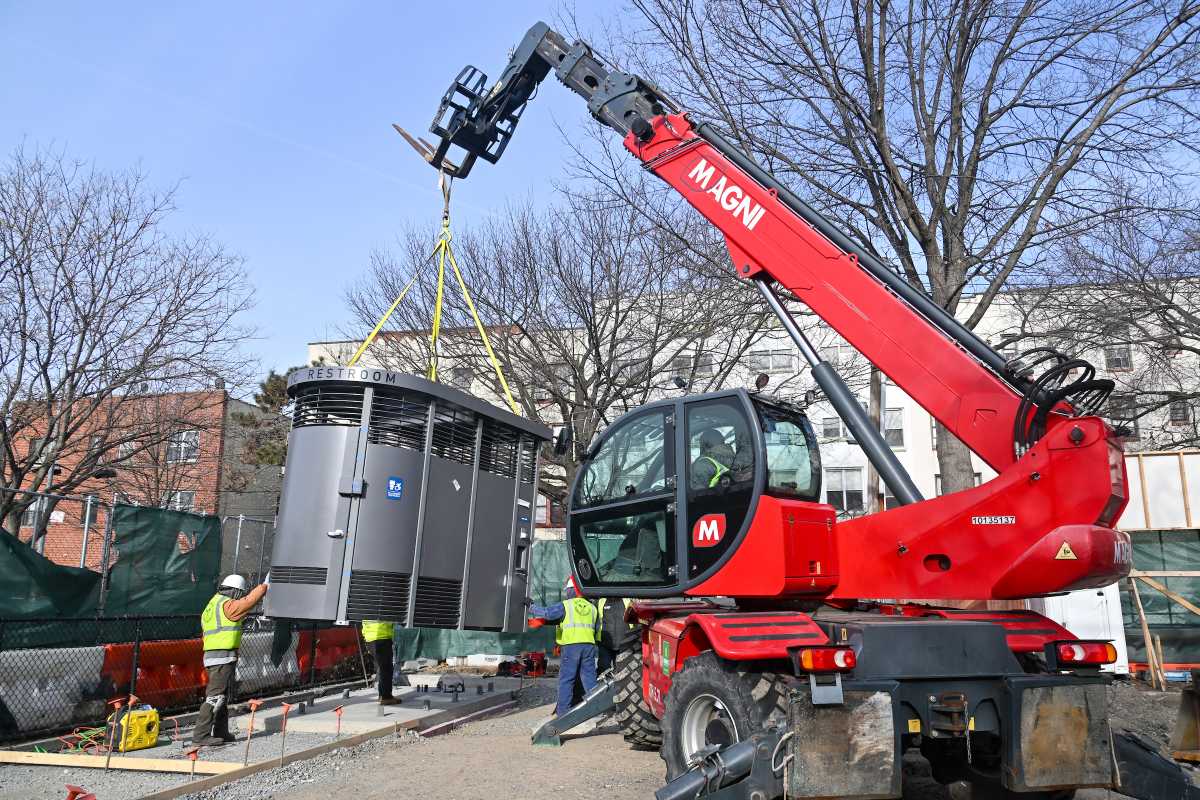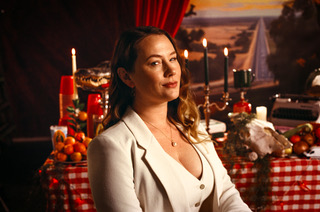I also mentioned the dragons, stylized dogs, etc. created by Janes and Kirtland and shipped to China and other ports around the world. Jordan L. Mott’s Bronx plant also shipped their creations worldwide. While visiting his daughter in California, my friend, John McNamara, found a statue in a garden in San Jose with the J. L. Mott stamp near the bottom. Whenever you see a wrought iron statue or garden urn along your worldwide travels, look for the name stamped near the base, usually on the pedestal. If it’s there, you’ll know that you’ve found a true piece of Bronx history. But then, again, it may not be as they left the fair and glorious borough of the Bronx for Trenton in 1906. Most of their creations, by the way, including their bathroom fixtures, are collectible.
Jordan L. Mott purchased the property where he built his Bronx foundry on the Harlem River in 1828. It was located west of Third Avenue and south of 134th Street. He liked the area so much that he, along with a few partners, purchased another 200 acres of land from Gouverneur Morris II. Mott had no shortage of ego and Stephen Jenkins tells the story of how Mott had an employee approach Morris to ask if he would mind if he named the area Mott Haven. Morris is said to have replied “I don’t care what he calls it; while he is about it, he might as well change the name of the Harlem and call it the Jordan.”
Mott laid out the lower portion of the Mott Haven Canal around 1850 to facilitate deliveries, etc. It was later declared a nuisance due to the raw sewage, etc. emptying into it. Lawsuits prevailed for years but by June of 1901, landfill operations began to fill it in with the earth excavated from the nearby subway construction. The new street was appropriately named Canal Place and it was finished in August of 1903.
Jordan L. Mott was an inventor of note having a patent for an anthracite coal-burning stove for cooking, a machine for weaving tape and numerous other practical devices. It should also be noted that he was succeeded in business by his son of the same name. The cavernous East 149th Street subway station at the Grand Concourse still bears the name Mott Haven in inlaid tile. There is also a Jordan L. Mott Junior High School at 207 East 167th Street, a Mott Haven Branch of the New York Public Library at 321 East 140th Street and the Mott Haven Reformed Church at 348 East 146th Street. Other reminders of Jordan L. Mott can be found in our borough and, as you now know, throughout the world. Did you know that the Grand Concourse south of East 149th Street was once called Mott Avenue? Mott Street in lower Manhattan, by the way, is named after Joseph Mott, a forebear. The name of that street is found on a map dating from 1776.

